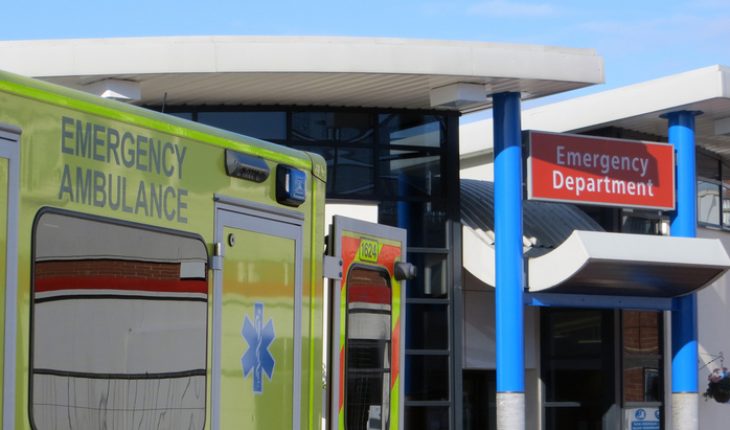Quarterly performance figures from NHS England show that long waits in A&E departments are rising sharply. in January to March of 2012, just 15 patients waited for over 12 overs to be admitted. In January to March of 2017 this figure rose to 1,597 – an increase of 10,546%.
The figures show just how bad waiting times have become for patients in depths of winter. Patients should not have to endure such long waits, particularly in colder conditions when frail patients are more vulnerable.
Patients should not have to endure such long waits, particularly in colder conditions when frail patients are more vulnerable.
This huge increase is unacceptable and shows that despite planning for winter every year, we have consistently failed to do enough.
Winter last year was relatively mild and without a major outbreak of flu. There are indications that the flu vaccine will not be as successful this year and as such we anticipate that conditions will be even more difficult this winter.
These long waits are due to exit block and a lack of flow in our systems. While we have worked with NHS Improvement to produce an Emergency Flow Improvement Tool to help emergency departments, in anticipation of a difficult winter, we worry that without the appropriate resources this will not be enough to significantly improve conditions for patients.
To do this, we believe that we need around 5000 extra beds, which will help reduce bed occupancy levels and enable patients to be admitted more swiftly.
Over the last five years there has been a continued reduction in bed numbers yet an increase in patients needing to be admitted. As a result, bed occupancy is now at 92% – significantly higher than the safe level of 85% – which is having a knock-on effect on waiting times.
There can be little doubt that patients are suffering the consequences of this reduction. Along with more doctors, we desperately need more beds to stop the system from grinding to a halt.
The quarterly performance figures also show an increase in 12 hour waits in the spring months – a time when pressures traditionally start to ease.
From April to June 2012, just 2 patients were kept waiting for more than 12 hours. In the same period in 2017 the figure was 311 – an increase of 15,450%.
It is deeply concerning that there has also been a huge increase in the spring months and shows that our problems not just limited to winter.
These figures also cannot fully reflect the poor experience some of our patients are having, despite the best efforts of staff. It is notable that the time is measured from when a decision to admit is made, not from when the patient arrives. The actual time patients are waiting is likely to be much longer.
Without extra beds, we will continue to see winter levels of performance all year round and patient care will suffer.
- Royal College of Emergency Medicine welcomes extra cash for NHS - 23rd November 2017
- Long waits in A&E this winter - 25th September 2017






